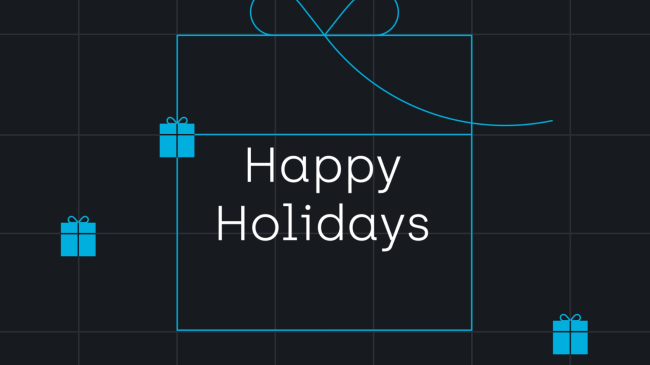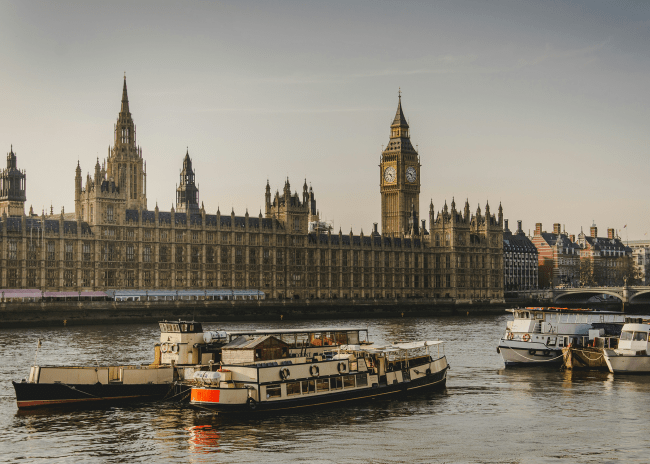Today, we live in a world where human needs sit at the heart of technology. Businesses are trying to get to know their customers better so that they can deliver real value. User experience, a human-centred problem-solving approach, has become the common thread in fully understanding and enhancing any customer journey.
Our user experience methodology involves two key phases. The first phase, design thinking, is research-driven and strategic. The second, user-centred design, is solution-driven and iterative. In the design thinking phase, we look at who the user is, how they behave and what enables them to achieve their goals. With this insight, we can analyse what form the solution should take — a product, a service, a strategy or a hybrid of all three. The user-centred design phase is where we ‘design’ in the more traditional sense, focusing on function, interaction and aesthetics allowing users to successfully complete a set of tasks by interacting with the solution we’ve designed.
We also know that digital products and services are only a small piece of the larger transport user experience ecosystem. We utilise user experience design thinking to develop parking strategies, wayfinding strategies, smart city frameworks, and other outputs that deliver measurable value to both the end user and to the cities they live in.
How we can help you
Our team develop web projects using either responsive design or dedicated mobile websites, predominately for transport and local government agencies around the world, making it easier for them to publish information, and for users to access the information they need with confidence. Our core offer includes:
Design thinking
- Ideation workshops
- Data gathering and analytics
- User research (surveys and interviews)
- Competitive analysis
- Persona development and journey mapping
- Value-driven goal matrix
User-centred design
- Functional specifications
- Low-mid fidelity wireframes
- Prototyping and usability testing
- Information architecture
- Interaction design
- Visual design






